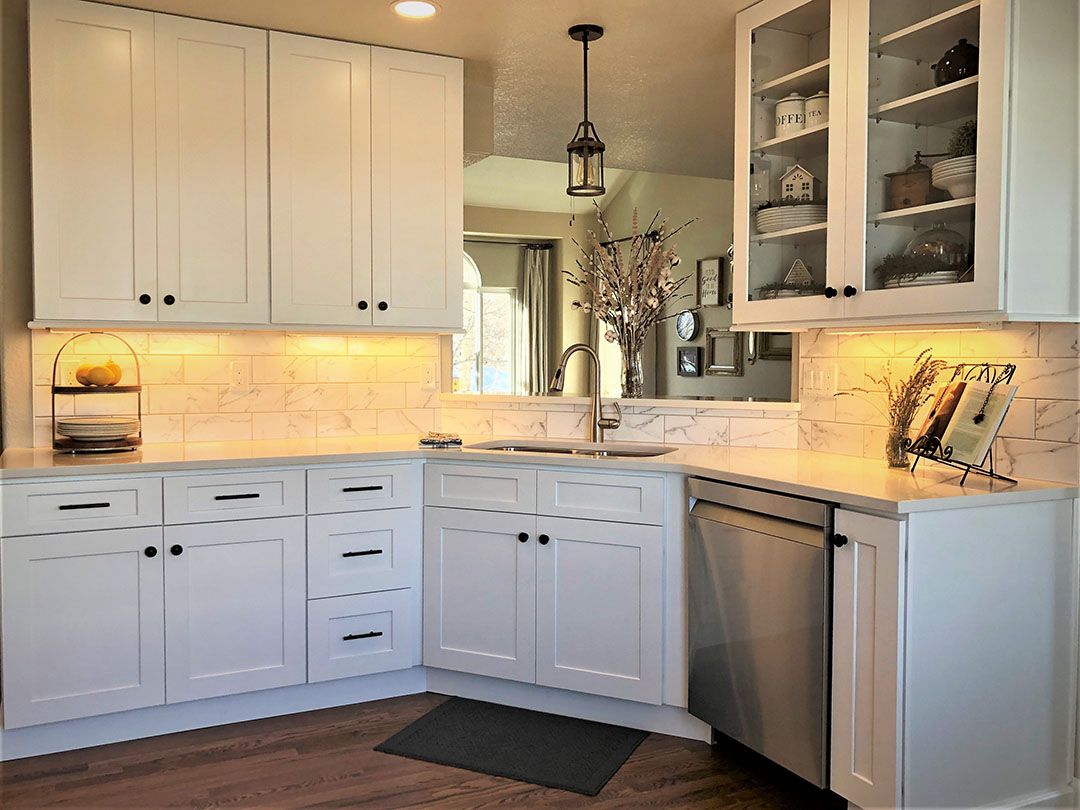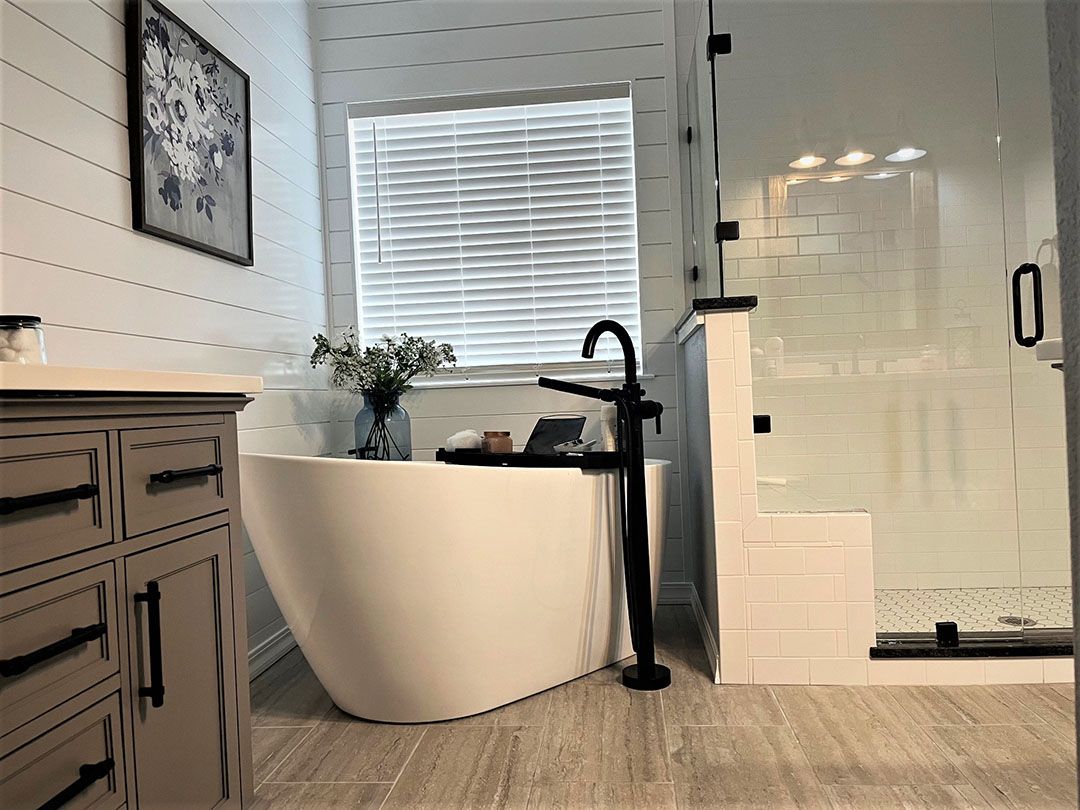
How to Hang Christmas Lights Like a Pro: A Beginner's Guide
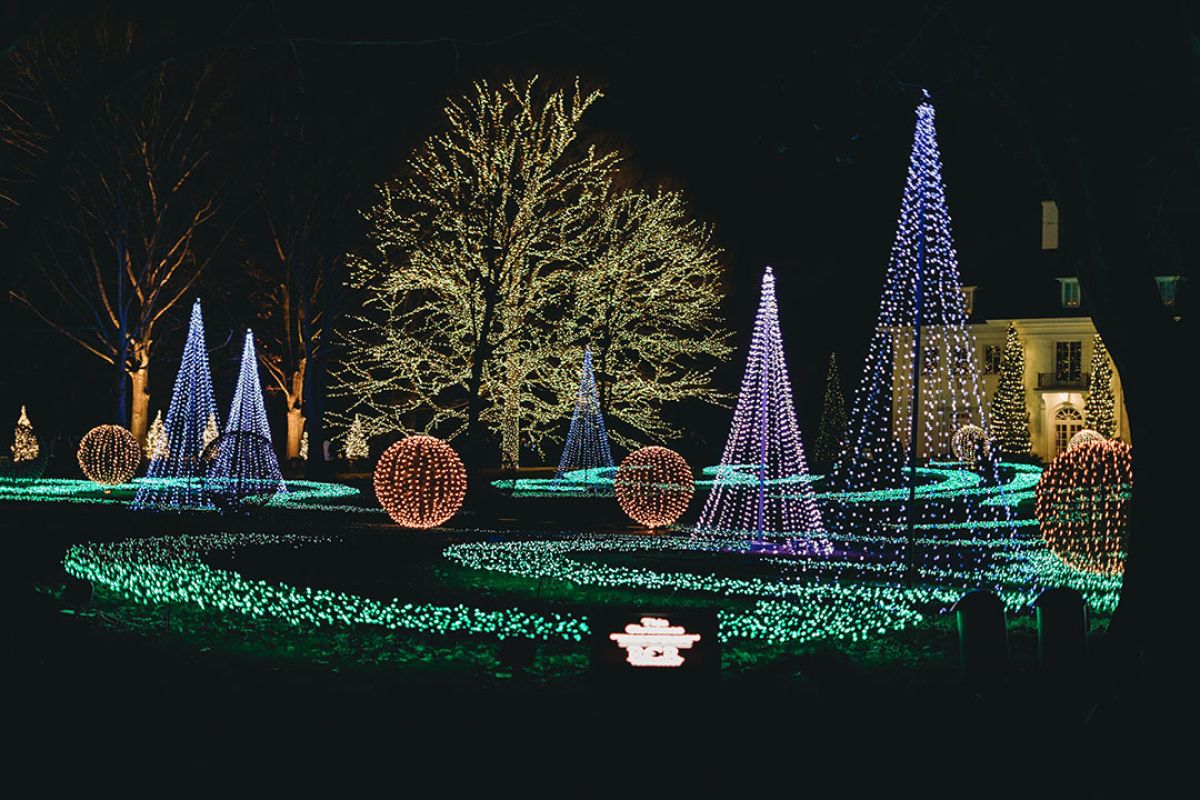
Drumroll… It’s a beaut, Clark!
Hanging Christmas lights on your home may seem like a no-brainer. For the most part, it is a pretty straight forward process. However, ladders, cold weather, snow, ice, and electricity can turn a yearly family tradition into a tragedy. If you’re considering hanging exterior Christmas lights for the first time, give this article a quick read to avoid common mistakes and trick everyone into thinking that you’re a seasoned pro.
Plan & Prepare
Before throwing boxes of lights into your cart at Home Depot, come up with a plan. This will save you time and money on the install, not to mention countless trips back to the hardware store. Also, it’s important to come up with a budget for the project. How elaborate are you going to get? Hanging Christmas lights can quickly turn into an obsession and competition. We recommend starting smalls, and each year adding a new element if this becomes a hobby that you enjoy.
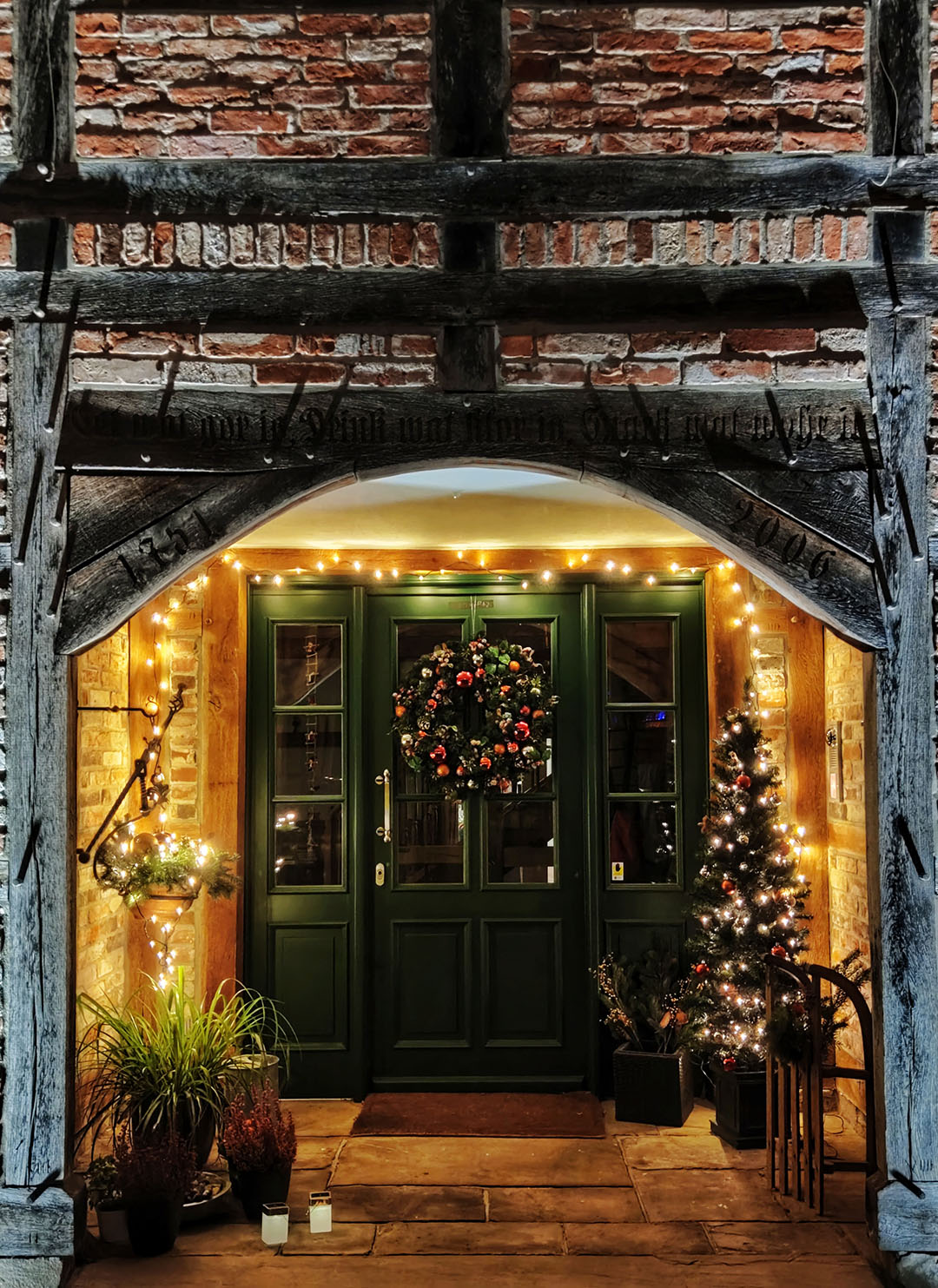
Center of Attention
Choose a focal point of your home. Usually this is the front entry, but could be a cropping of trees or landscape feature in the front yard. Select the prominent spot where eyes naturally gravitate and focus your efforts on that – moving outward from this location should you have the gumption (or in future seasons).
Popular Spots for Christmas Lighting:
- Along gutters, rooflines, and eves
- Around bushes, hedges, and trees
- Around pillars, lamps posts, mailboxes, and railings
- Around windows, door frames, and prominent architectural features
- Inside window boxes and planters

How Many Lights Do You Need?
Measuring linear surfaces such as door frames, gutters, roof lines is easy. Take a measurement and then read on the box how long the strand of lights is – buy as many strands as you need to cover the proper amount. To really have these areas pop, double the amount and stagger the strands so that each bulb is roughly 6 inches apart rather than 1 foot.
For decorating trees or shrubs, the common formula is 100 lights for every 1-1/2-foot of tree. For a 6-foot evergreen, that would be about 400 lights. Obviously, there’s some variables here, but that will get you started. Also, keep in mind that they make net lighting that may be a better choice for bushes and hedges.
How To Mount Lights
Light clips are by far the best and easiest choice for attaching lights to gutters, shingles, and around the house. There’s clips available for almost every surface, simply read the package to know which clip attaches to which surface. Light clips are a far better choice than staples – we do not recommend going entirely with staples like your dad did. However, a staple here or there, along with some bailing wire may help in a difficult spot.
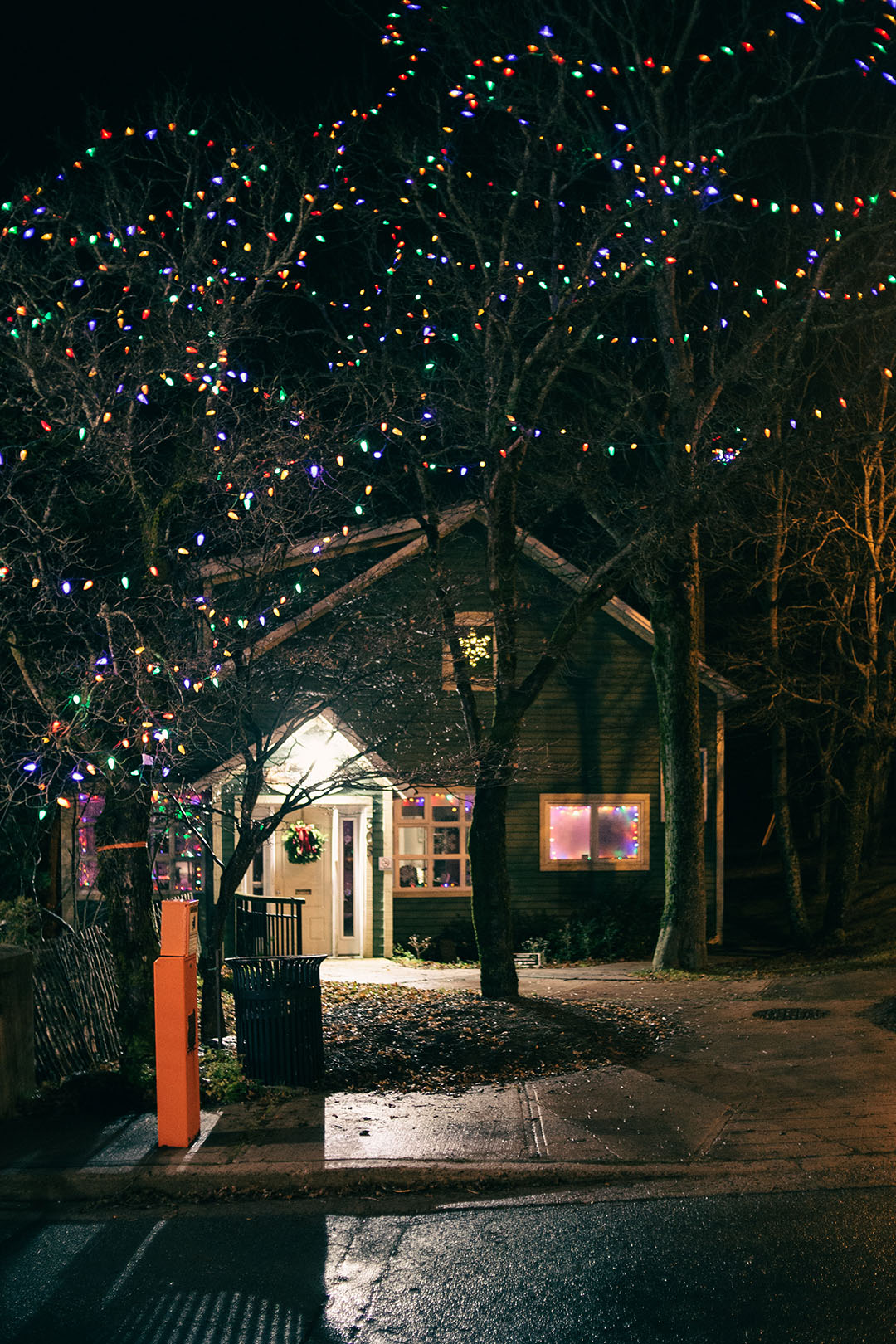
Choosing Lights
We highly recommend LED lights. In fact, at this point, we’d never even consider incandescent. LED lights are immensely more energy efficient and they operate much cooler, greatly limiting fire danger.
LED lights can vary in hue and temperature. Especially when grouping, it’s important to buy the same kind / style / brand that way all of the strands match. This is particularly important with white lights. Color temperature is measured in Kelvins; the lower the number the more “warm” or yellow the light will be, the higher the number the more “cool” or blue the light will be. For the best outcome, try to make sure the Kelvin rating of your white stands match. Of course, blue-hued white lights could be intentionally used to give the impression of ice along gutters or rooflines, but this goes back to having a clear plan and properly executing your vision – random mixing and matching with LED’s will probably lead to undesirable results.
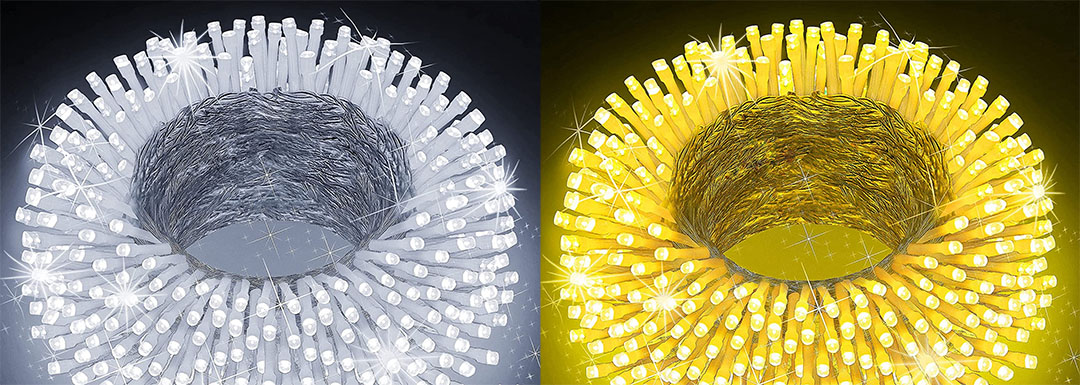
Test Your Lights / Chords
Before installing each strand, make sure you test the lights. Even if they’re brand new, test the lights. Did we say test the lights?? There’s nothing worse than stringing an entire tree, only to have an un-lit strand in the middle. Hanging lights can become a frustrating project, an unchecked strand is a recipe for a Clark Griswold-level melt down. While you’re at it, check your extension chords and timers.
Ladder Safety
There’s truthfully no worse time of year to be on a ladder and working from heights around your house. You may be wearing bulky clothes, heavy coats, and gloves. The ground may be hard and frozen. And please, please don’t do this in the ice and snow. Ladders are inherently dangerous – there are 130,000 emergency room visits each year from ladders – don’t climb on your roof and trees if you don’t know what you’re doing. Hanging Christmas lights is not the time learn how to use an extension ladder. If you don’t have this experience, and someone to spot you, stick to decorating areas that you can reach.
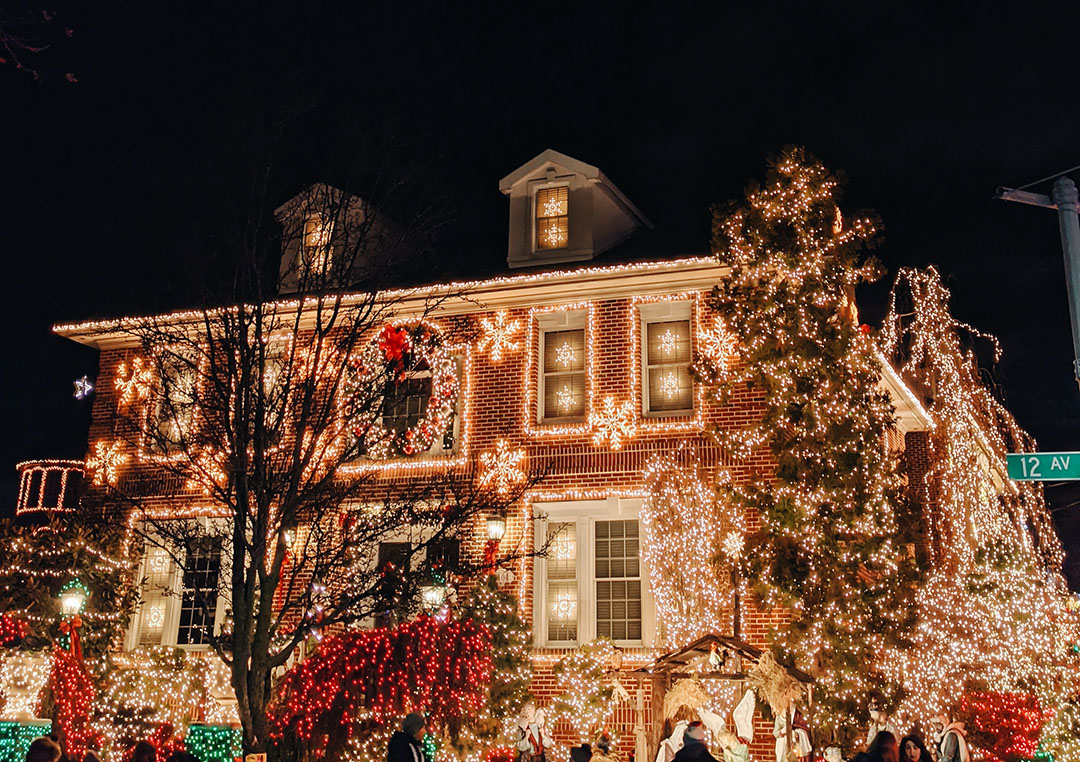
Electrical Safety
While testing and hanging your lights, check for bare wires and inconsistencies. If you find any, properly repair or simply don’t use that strand. The risk of electrical shock or burning down your home, neighborhood, or Black Forest is not worth a strand of lights. Secondly, consider using grounded power stakes. Instead of using a power strip or many adapters plugged into an exterior outlet, use a power stake. These are basically exterior power strips that many strands of lights can plug into and they stake into the ground. They also utilize a GFCI to trip power should there be an issue, and many come with a timer that automatically turn your lights on and off.
Conclusion
Decorating your home with Christmas lights can become a family tradition and enjoyable activity if done properly and the right attitude. Likewise, this simple project could be the catalyst for divorce and life-long therapy for your children. Obviously, that’s a joke (maybe), but the project starts with proper expectations and planning. Again, we strongly suggest that you start small and grow each year as you discover that this is something you and your family enjoys and appreciates. All of the lights and chords add up, and it’s easy to bite off more than you can chew or let the project financially get away from you. Remember, this is supposed to be fun and bring cheer for the holidays. If it’s doesn’t do that for you, maybe enjoy the Cheyenne Mountain Zoo lights instead.

